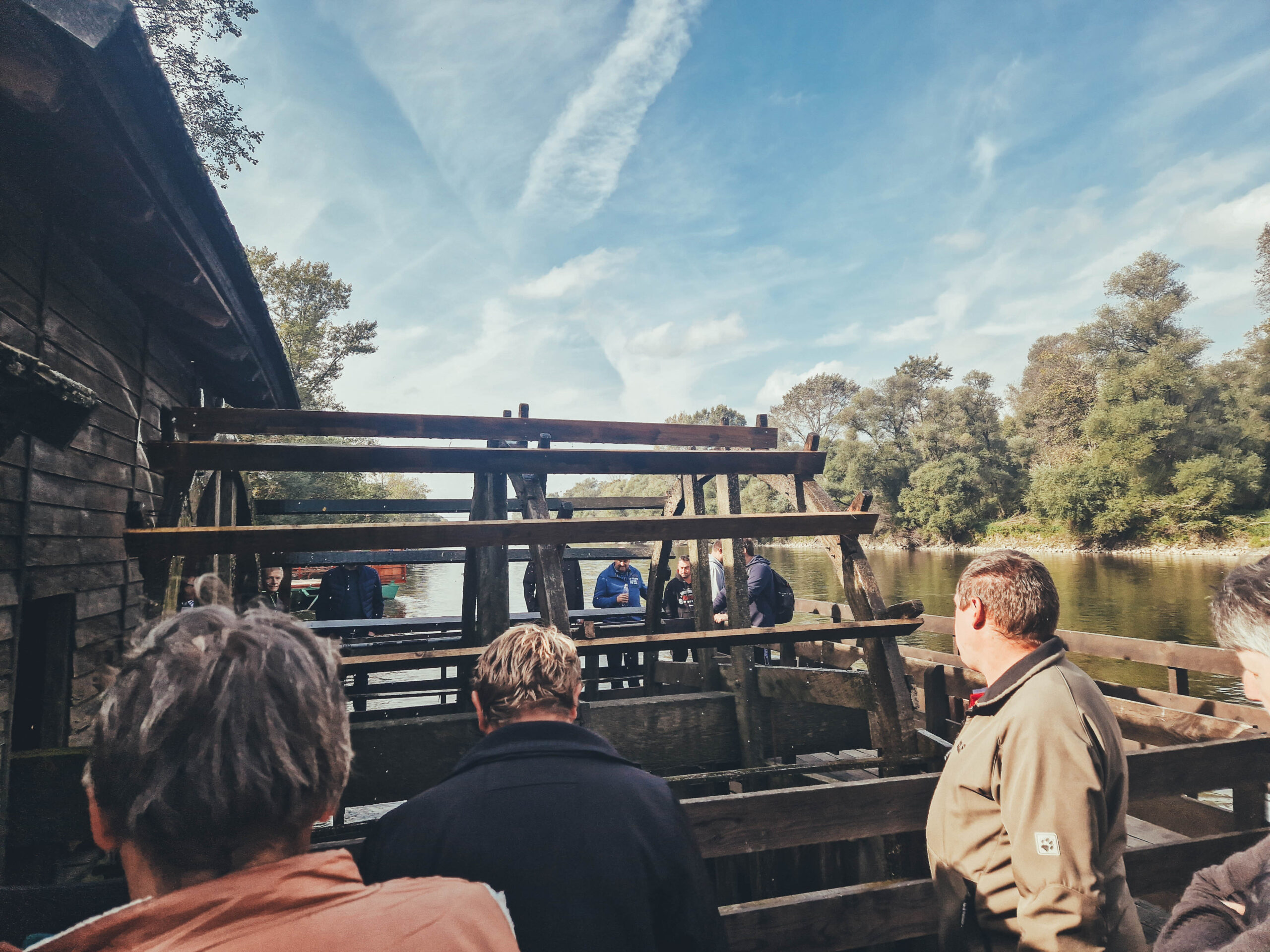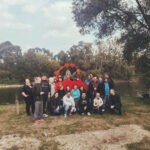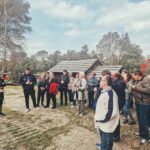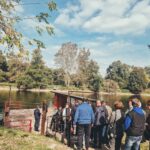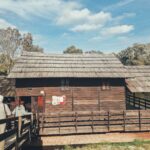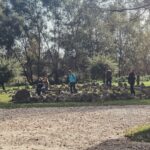We are exceedingly pleased to share the beautiful moments from yesterday’s educational excursion on which we participated together with our friends from the Slovenian Society for Social Inclusion Mozaik. A group of about thirty participants visited Međimurje as part of the Erasmus+ project EUCountry to discover why Međimurje is one of the rare globally recognized green regions.
This educational and interactive event commenced at the social cooperative Humana Nova, a social enterprise from Čakovec, operating in three areas – environmental, social, and economic. This European and globally acknowledged social enterprise is focused on creating new quality and innovative products from discarded textile items and sustainable products from new materials. We attended a very interesting lecture where we learned about the ways Humana Nova, by employing marginalized groups, collecting textiles, reusing and recycling them, and local collaborations, actively contributes to poverty reduction, sustainable development of the local community, and nature conservation. During a tour of the facilities, we had the opportunity to directly witness the processes of collection, sorting, processing, and production of textile products. We were most impressed by the fact that the inclusive team of Humana Nova consists of 47 employees, of which 26 are persons with disabilities, and 15 belong to other marginalized groups.
We then headed north towards the Visitor Center Žabnik, the winner of the BIG SEE Tourism Design 2023 award in the category “Creative Story and Identity as an Experience”. In the Milling Museum, we explored the ethnographic collection “One day in the life of miller Franc Žalar” displayed through an interactive setup, a combination of multimedia and traditional setup. It tells the story of a miller’s day from dawn to late evening, the ancient craft of milling, the miller’s life, and life by the river Mura. Besides learning how miller Franc lived, we explored the types of cereals in the collection, listened to Međimurje folk songs, and discovered what lies behind the legend of the Mura maiden. The museum is a great example of how cultural heritage and modern technology go hand in hand.
The next stop was the floating mill on Mura – a unique object of Croatian traditional cultural heritage and the only navigable mill in this region. Here, we learned more about the tradition of grinding cereals and flour production. The visit continued on the river ferry which without an engine, sails or oars, like a perpetuum mobile, travels from one shore to the other of Mura. During the ride, we learned more about ferrying and the history of this unique and interesting, centuries-old way of transporting people and goods across Mura. This is yet another proof that rivers like Mura do not separate, but connect different people, cultures, and countries.
We concluded our visit in the labyrinth of love and the labyrinth of energy – spiral paths enclosed by stone from Mura, which allegedly restore lost energy and strengthen the psyche to all those who pass through them. We can confirm that the legend is true as we recharged with positive energy and wholeheartedly concluded this study trip.

This publication [communication] reflects the views only of the author, and the Commission cannot be held responsible for any use which may be made of the information contained therein.

